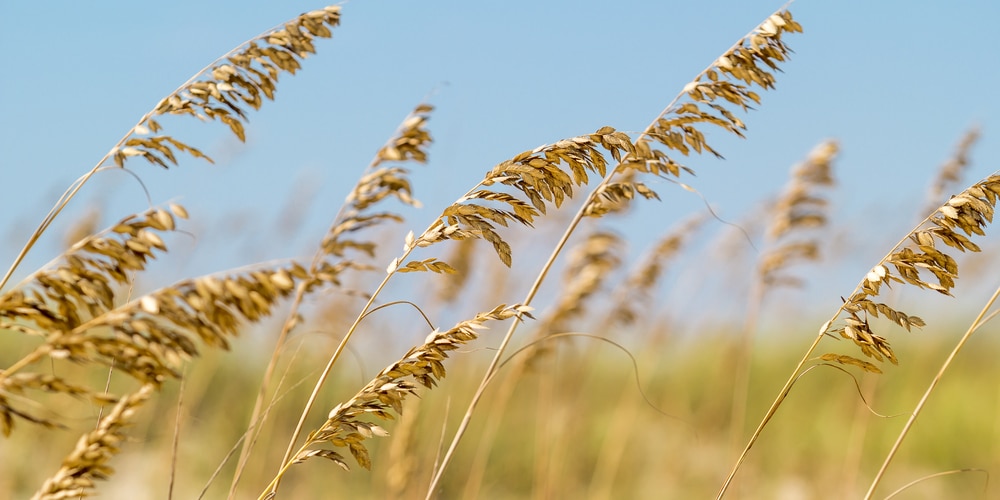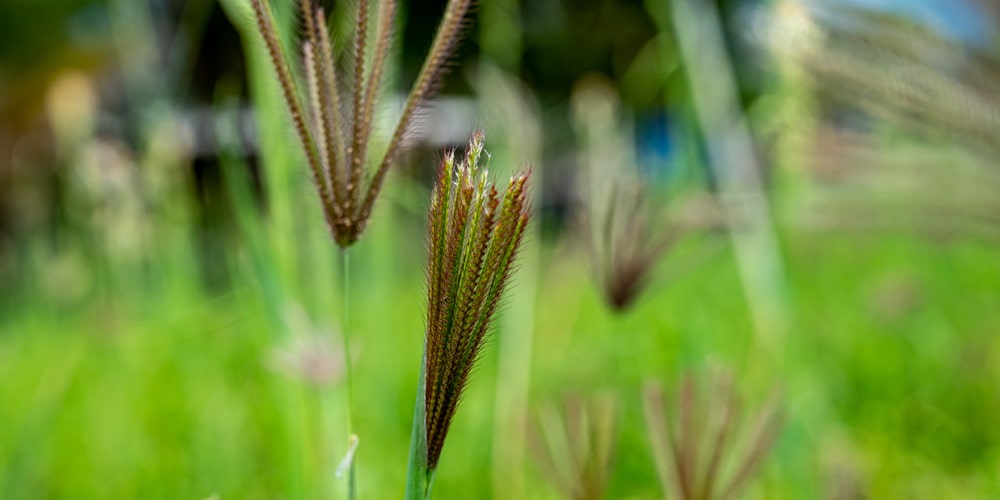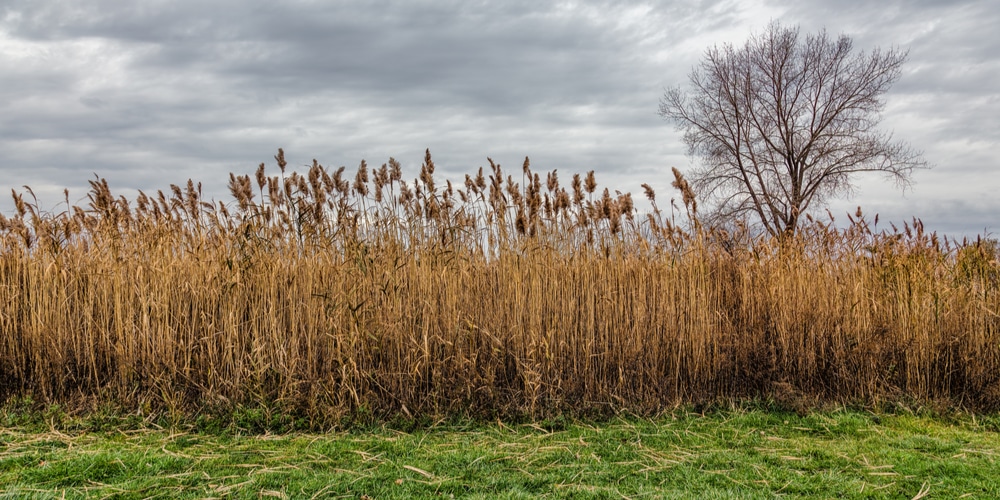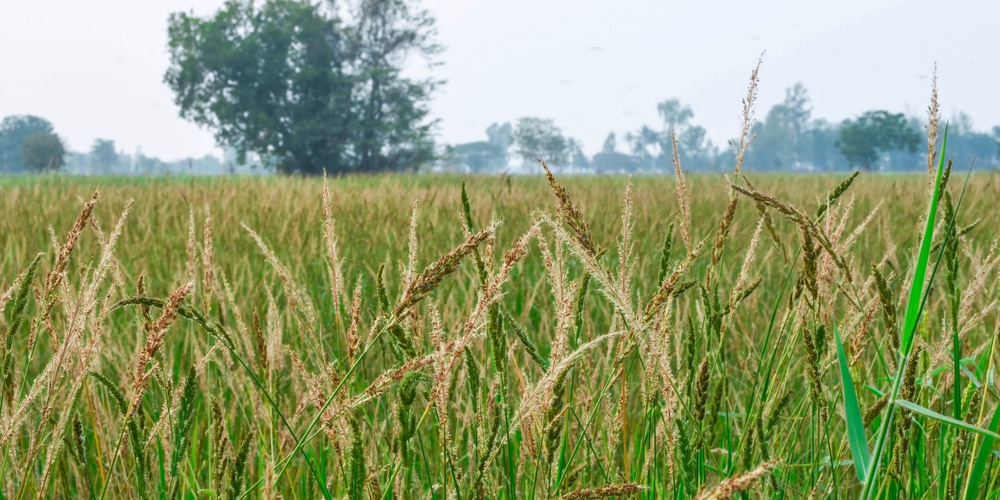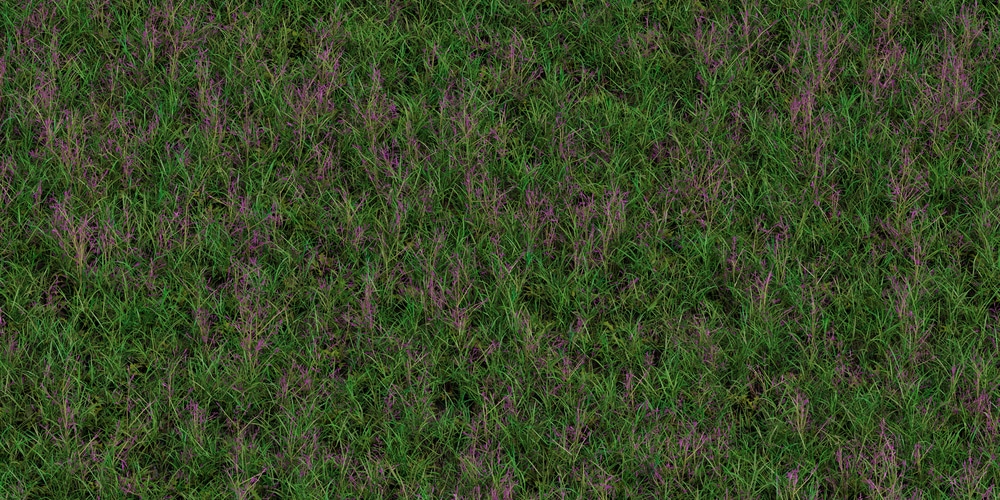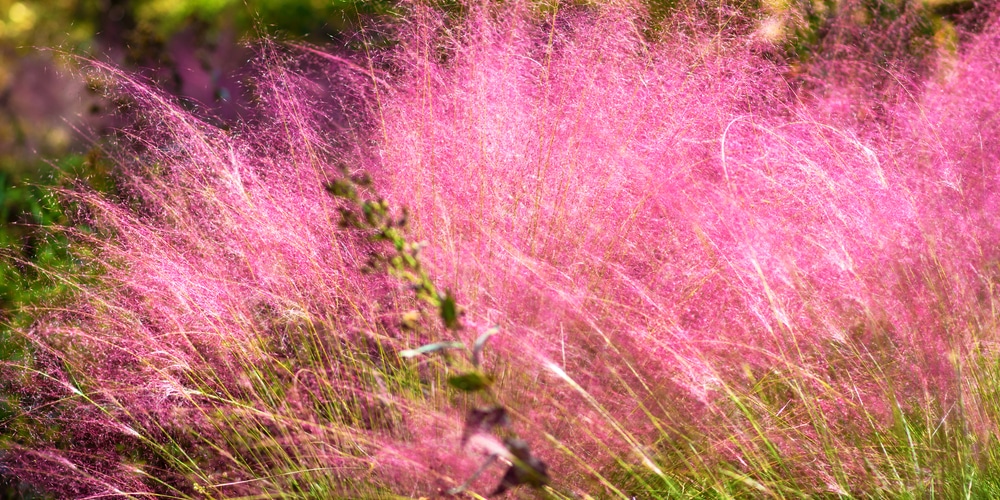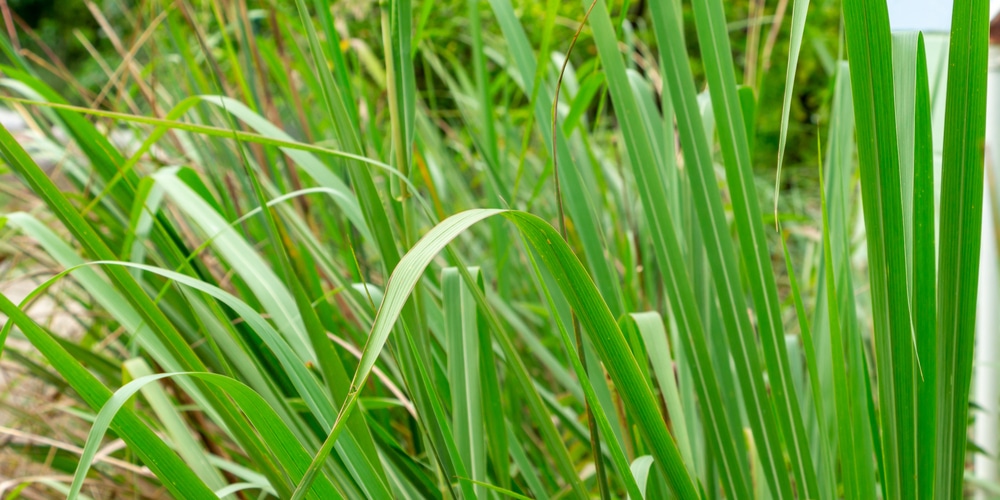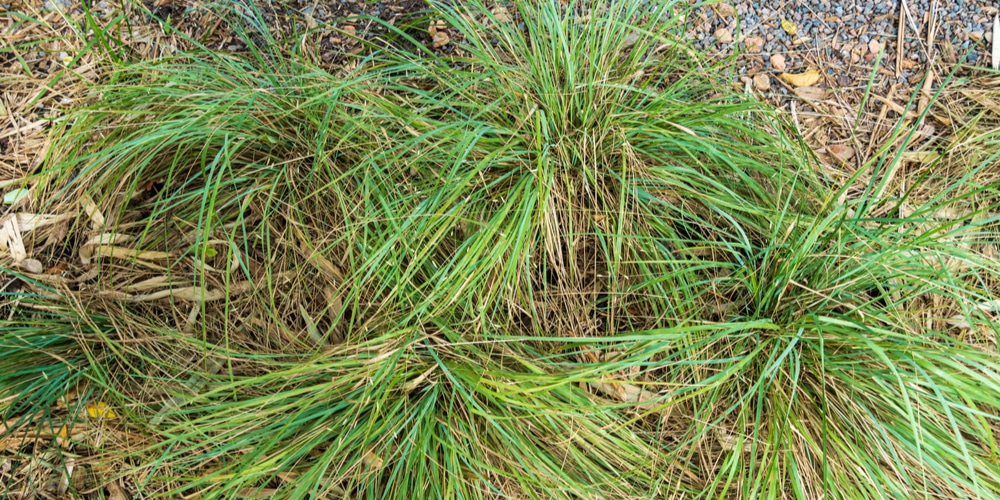If you are a Florida resident looking to add value and beauty to your yard, you have come to the right place. Today you will learn the benefits of adding Florida native grasses to your landscape.
The Benefits of Adding Florida Native Grasses
Below are a few major reasons why you should consider adding Florida native grasses to your landscape.
Low Maintenance
One of the main benefits of planting Florida native grasses on your property is low maintenance costs. Because these grasses have thrived for hundreds of years in the local environment, they are hardy and require little care. So, if you are looking to create a landscape that is easy to care for, you should consider planting native grasses.
Drought Resistant
While Florida gets its fair share of rainfall, there can be times when drought sets in. When this happens, many commercial landscaping plants turn brown and die. Florida native grass, on the other hand, will do well even when conditions are harsh.
Low Fertilizer Needs
Many types of landscaping plants including lawn grass, require a ton of fertilizer to thrive. This can be costly, and many chemical fertilizers are bad for the environment. If you are looking to help protect the environment, you should plant native grasses instead. These naturally accruing grasses require little if any fertilizer to grow to their full potential.
Attracts Wildlife
When planting native Florida grasses, you will attract wildlife to your yard. Birds, deer, and other local wildlife are attracted to native grasses because they feed on them and use them for building materials. Native grasses can handle the pressures put on them by wildlife when other plants can’t.
Types of Native Florida Grasses
Now that you know the benefits of planting native Florida grasses let’s learn about some of the most common types.
Florida Gama Grass
This native grass has been around for thousands of years. It grows up to 3 feet in height, which makes it a great border plant. Florida Gama grass can be found growing naturally in the Miami-Dade area, making it a good choice for those who live in South Florida. This native grass will aid in erosion control when planted closely together. When used in landscaping, Florida Gama grass makes a beautiful companion plant to wildflowers.
River Oats
River oats are another native grass that can be found along the banks of rivers, in freshwater wetlands, flood zones, and inland meadows. It is used to stabilize sand dunes which are often subject to erosion. River oats are a beautiful plant that can be used in backyard water gardens to add background. The grass puts on a beautiful bloom from June to October, making them highly sought after for landscaping purposes.
Wiregrass
This is one of the most common grasses in the state of Florida. Wiregrass can be found naturally growing in pinewoods and upland sandhills. In the wild, wiregrass provides shelter for many different animals including birds, reptiles, and other small mammals. It is also a source of food for quail and gopher tortoises, making it a vital part of the ecosystem. Wiregrass is also utilized in landscaping and can provide a background for other plants. It has a height of up to 3 feet with dense thin leaves that are wiry and long.
Cordgrass
Cordgrass is found growing naturally along the Atlantic coast of Florida. The grass thrives in saltwater and does well in tidal flats. Cordgrass will attract wildlife, and snow geese love to dine on the roots of the plant. While this grass is not suitable for many types of landscapes, it can be used on property located on the Atlantic coast. Cordgrass is a welcomed sight along the Atlantic coast but it is considered an invasive species along the Pacific and should not be planted there.
Panic Grass
This interesting-sounding grass is native to Florida and grows up to 2 feet in height. Panic grass is a perennial plant that thrives in wetlands. Those that own ponds in Florida will benefit from planting Panic grass as it provides food and habitat for fish and other small aquatic creatures. It will add beauty to wetlands, and it will attract waterfowl.
Purple Lovegrass
Another common native Florida grass that is used in landscaping is purple lovegrass. In the wild, this grass is considered a weed and can be found growing in pastures and other open areas. Because this grass is appealing to the eye is just one reason it has made its way from the farm to the city. When grown near other less attractive plants, this grass adds beauty to the landscape.
Muhly Grass
Muhly grass can be found growing in many parts of the south including Florida. It is a large plant that can grow 4 feet wide and 4 feet tall, making it the perfect border plant. Muhly grass is a beautiful plant that some describe as looking like cotton candy when in bloom. The blooms of this grass can last up to 2 months, making it highly sought after in the landscaping world.
Fakahatchee Grass
This grass is perfect for landscaping, and it is highly resistant to pests. Its bright green leaves add beauty to any yard, which is why so many people love it. The grass flows out from its base and can reach heights of up to 5-feet. In the late spring, this grass puts on eye-catching blooms that last for many weeks. During the fall the leaves of the plant turn red, putting on a show that adds curb appeal to any property.
Elliott’s Lovegrass
This native Florida grass has a unique name and an equally unique look. When in bloom, this grass appears to be beige in color, helping it stand out from the rest of the plants in the environment. Elliott’s lovegrass produces seeds, that attract many different animals including birds and insects. This grass is a great choice for landscaping and can be used for several different purposes. There are over 30 different versions of this grass, and all of them can be found in Florida. Because this grass grows naturally up and down the state makes it great for anyone looking for a hardy yard plant.
Florida native grasses: Conclusion
These are a few of the most common native grasses you will find in Florida. Most of these grasses make great landscaping plants and are a great alternative to commercially grown plants. Not only are these grasses beautiful, but they also are hardy. So, if you are working on your landscaping plan, why not include a few of these natural wonders?
Related Article: Best Time of Year to Plant Grass in Florida?
